Before I dive in, I would like to begin with a disclaimer. First, museums in India, with respect to their funding structure, policy, history and reception, are different from museums in Germany. Many of us tend to look at these differences as a ‘lack’ or as obstacles to progress. This is not to absolve museums in India of their shortcomings and failures. But holding them to Eurocentric standards and replicating museum practices that work well in Germany here, would be doing museums in India a great disservice. Second, the museum landscape in India itself is extremely diverse. A single course of action or a cookie-cutter solution for the hundreds of museums in India would, hence, be an oversimplification.
Therefore, I will focus on larger trends, new approaches and inspiring ideas in museum education in Germany that might have relevance for large numbers of museums in India. Even so, one must exercise caution in transferring solutions across cultures and geographies.
Integrated Approach
One of my biggest insights, 29 semi-structured interviews and 55 museum visits later, is that for museums to function as learning institutions, education should be the ethos of everything that a museum does. Education can no longer be a sub-specialisation in a museum with values and objectives different from that of the institution itself.
Museum education is more than creating programmes such as workshops and guided tours. For the benefits of museum education to reach every visitor, we need to adopt a more holistic approach to learning in museums.
Instead of a traditional approach where curation and exhibition design take precedence over educational work, education must be integrated with curation. We need better collection interpretation strategies to meet the demands of a changing, more diverse and increasingly digital society. Creating physical, sensorial and intellectual access is important to achieve an inclusive learning experience. What and how we communicate about our museums is critical to inviting diverse audience segments. Various departments in a museum need to work in tandem rather than in silos.
Also Read: Museums and Online Learning – Creating online learning resources that teachers want to use
Participatory and User-centred:
Since the past decade, museums in Germany are steadily inviting active participation of visitors in museum education, curation and design. One such example is lab.Bode, a four-year-long joint programme of the Federal Cultural Foundation and Staatliche Museen zu Berlin. Working with 9 Berlin schools, the museum education team at the Bode Museum in Berlin is creating participatory learning programmes for and with young audiences. Going beyond scholastic frameworks, workshops and programmes dealing with topics such as gender and sexual diversity, racism and discrimination, self-identity and expression are developed to make museum learning relevant for teenagers.
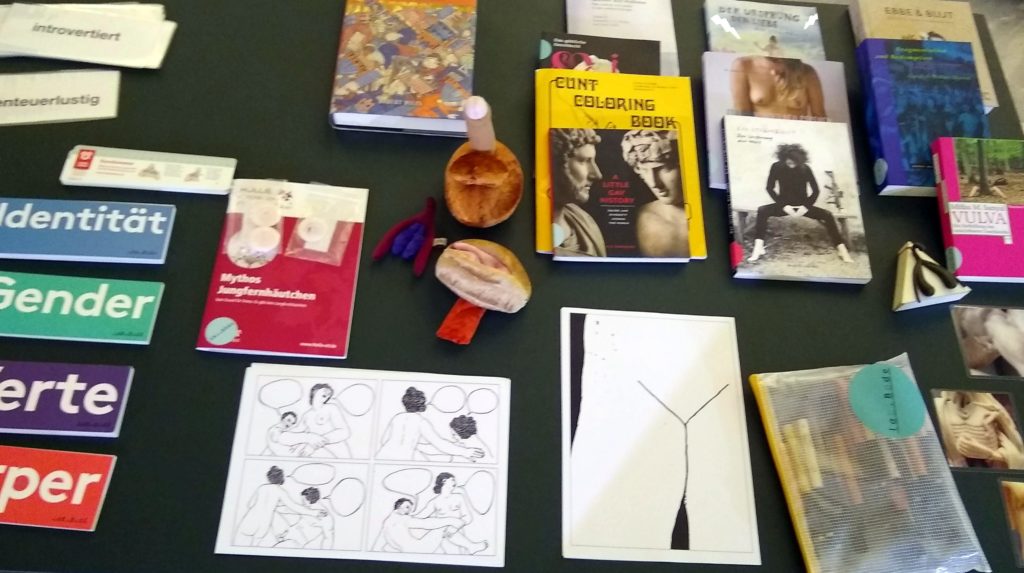
Along with museum sculptures and paintings, the workshop ‘Let’s talk about sex’ conducted with 11 – 16-year-old students at Bode museum, used worksheets, books on sexuality and gender, 3D models and cue cards. Photo: Habiba Insaf
Another example is of the Berlinische Gallerie. The museum is one of the few in Germany that has developed an inclusive audio guide and 7 tactile models for visitors with visual impairments. Instead of a conventional approach where museum professionals typically comprising sighted individuals dictate what might be useful for visitors with visual impairments, the museum was committed to including the feedback and wishes of the primary user group – blind visitors and visitors with impaired vision– from the early stages of prototyping. Their involvement played an important role in shaping the narrative and design of the audio guide and the tactile models.
Slated to open in May 2020, Anoha, is the new children’s museum of the Jewish Museum Berlin. The museum envisions the role of children not just as museum visitors but also as co-designers. During 2017-18, a children’s advisory council comprising of 20 children between the ages of 6 and 12 met every month at the Jewish Museum. These young members tested the planned installation, discussed, dreamt up, and discarded ideas as well as co-curated some sections at the Children’s museum. For their valuable contribution, each member along with his/her family will receive a year-long complimentary entry to the children’s museum.
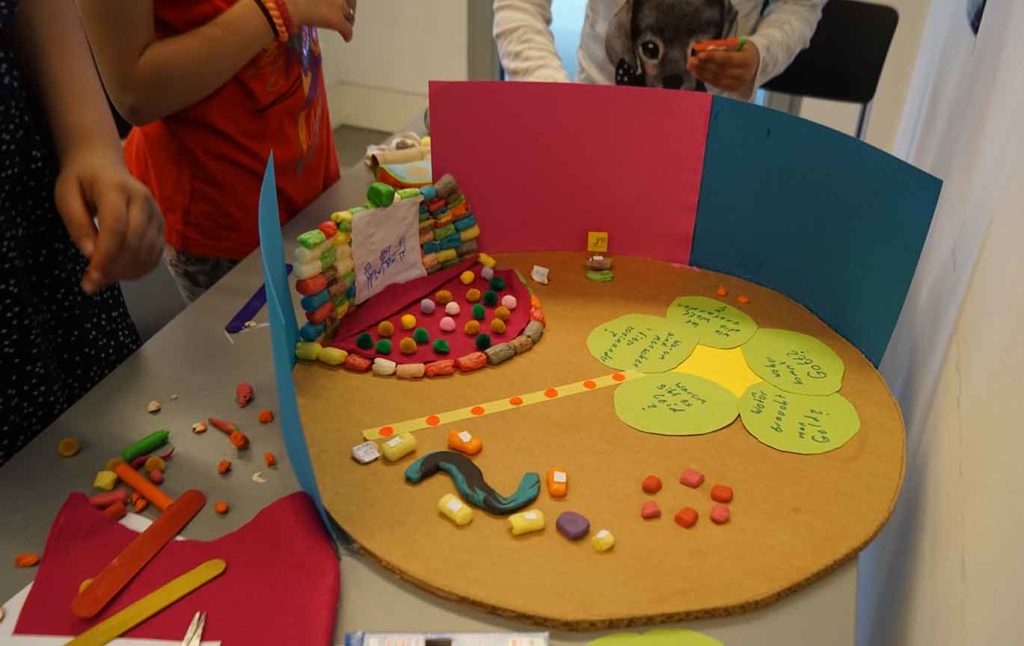
In this workshop, The Children’s Advisory Council is asked: “What kind of space do we need in order to dream up a different, better world?” © Jewish Museum Berlin, Photo: Valeska Wolfgram
While museums in Germany and around the globe can surely embed more participatory methods in their core functioning, such an approach, however, can be rarely seen in museums in India. More often than not, museum visitors are seen as spectators rather than participants or collaborators. Museums in India scarcely ever invite their feedback or involve them in curating an exhibition or creating an educational programme.
In the second part of this article, I will discuss technology in museums and interactive spaces for young visitors. Watch out for The Way Forward: Museum Education in India – Part II coming up next month!
~ENDS~
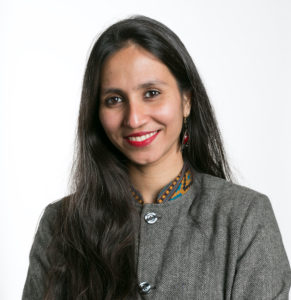 Habiba Insaf is an art historian and museum educator from India. She has held fellowships and awards of the Alexander von Humboldt Foundation, Singapore International Foundation and the Prince Claus Fund. As the former Head of Learning at Flow India, a Delhi based culture consultancy, she has designed museum learning projects for institutions such as The National Museum, Delhi, IGNCA, Delhi, Museum for Art and Photography, Bangalore, Jaya He GVK New Museum, Mumbai as well as schools such as Mayo College in Ajmer, Welham Girls’ School, Dehradun, and Bal Bharati School, Rewa, Madhya Pradesh. She has also conceptualised and curated museum walks centred on themes such as gender, romance and aesthetics.
Habiba Insaf is an art historian and museum educator from India. She has held fellowships and awards of the Alexander von Humboldt Foundation, Singapore International Foundation and the Prince Claus Fund. As the former Head of Learning at Flow India, a Delhi based culture consultancy, she has designed museum learning projects for institutions such as The National Museum, Delhi, IGNCA, Delhi, Museum for Art and Photography, Bangalore, Jaya He GVK New Museum, Mumbai as well as schools such as Mayo College in Ajmer, Welham Girls’ School, Dehradun, and Bal Bharati School, Rewa, Madhya Pradesh. She has also conceptualised and curated museum walks centred on themes such as gender, romance and aesthetics.
Website: https://habibainsaf.com
Instagram : insaf_ka_tarazu







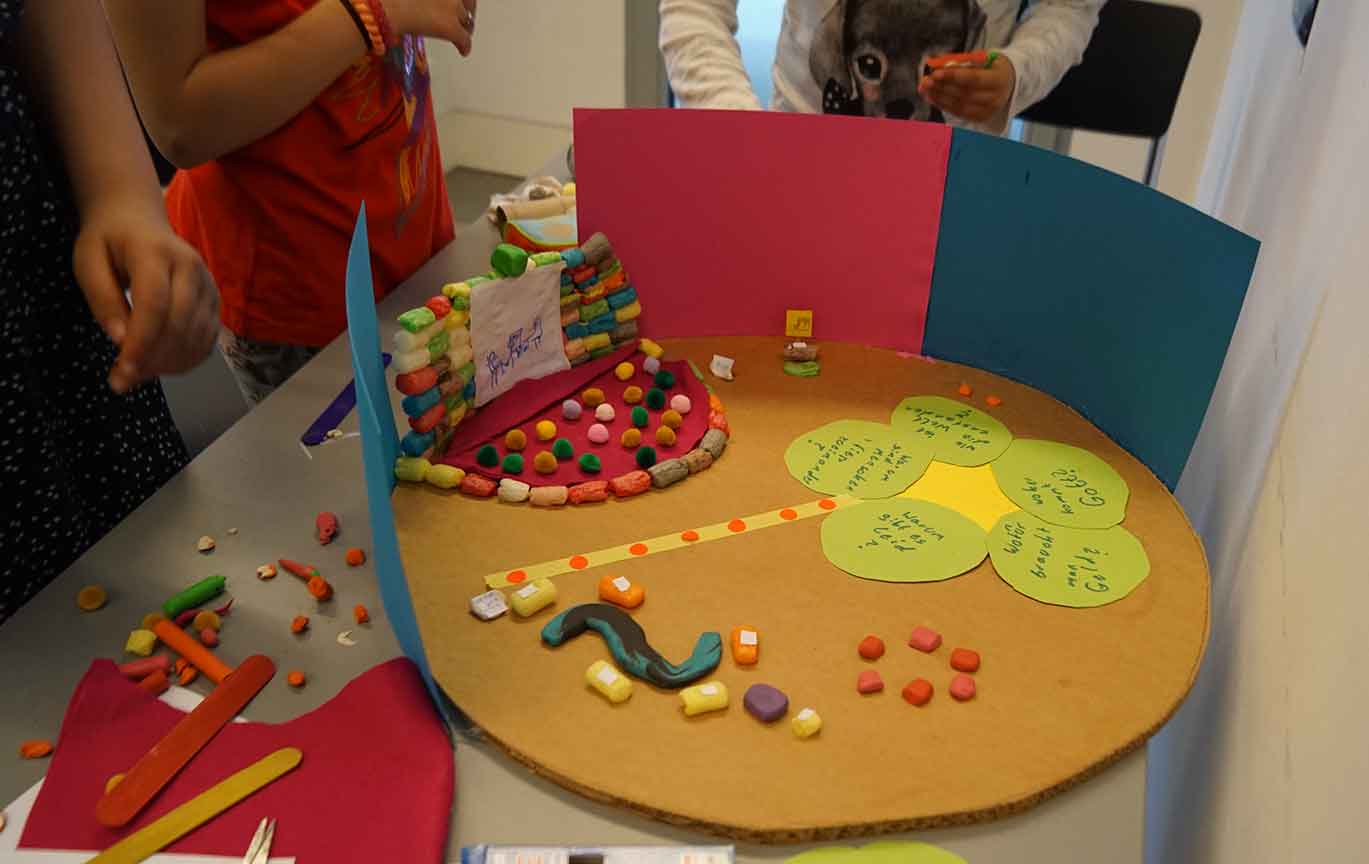
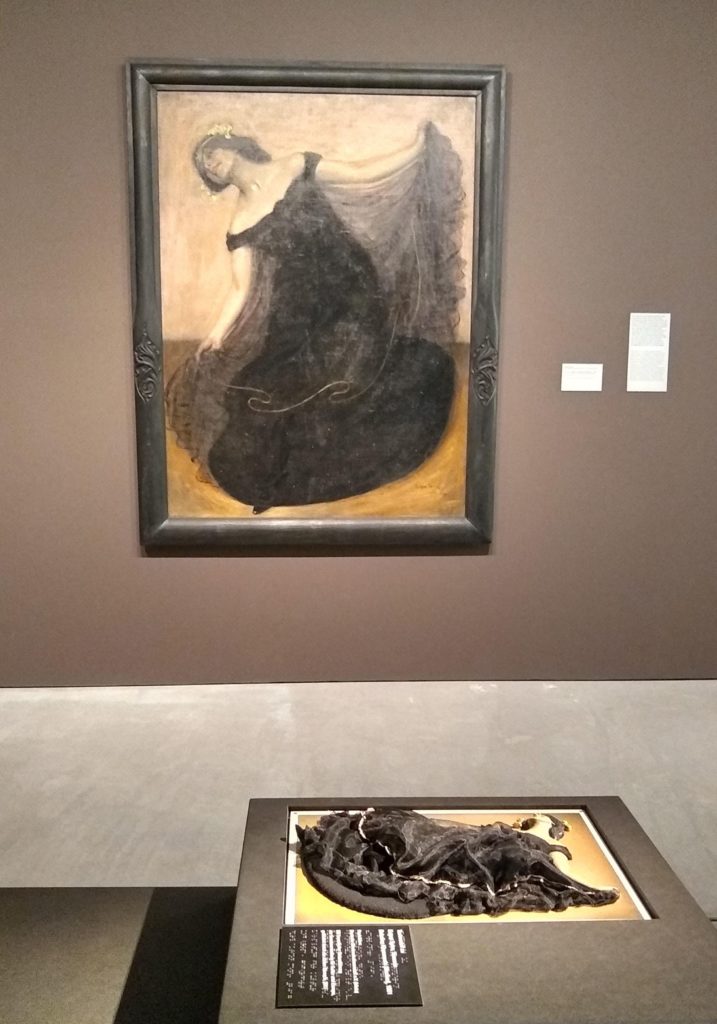
Recent Comments